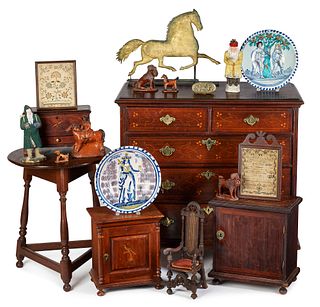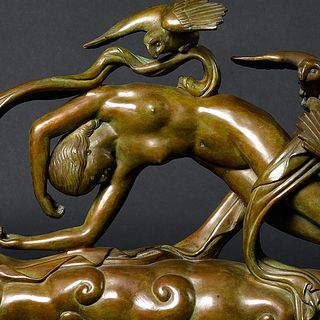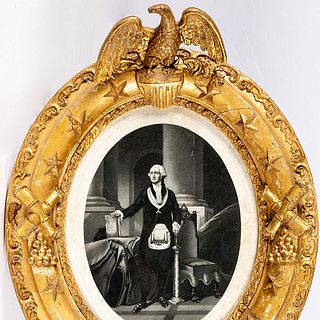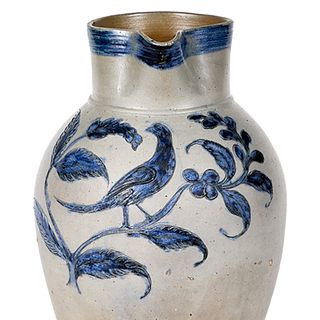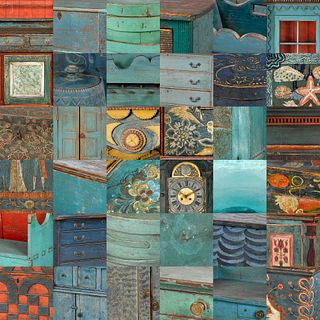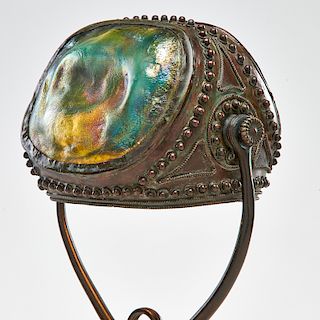The Beginners Guide to Buying Antique Furniture
Americana Week, which runs the last two weeks of January, is in full swing.
For tips on how to approach this marathon of antiquing, Town & Country consulted Andrew Holter, Specialist and Head of Department in American Furniture & Decorative Arts at Christies.
Below, Holters advice for what to look for at the flagship event of the week, the Winter Antiques Show, and what to consider when youre in the market for decorative arts.
"When collecting antiques the first and most important rule is buy what you like," Holter says. "The key when buying pieces is to acquire objects that you want to live with and that you derive pleasure from looking at each day. However, if you want to hedge your investment there are a few golden rules that should apply when you evaluate an object. Condition, proportion/design, rarity, surface, provenance and quality all contribute to both the success and monetary value of a piece."
1. RARITY
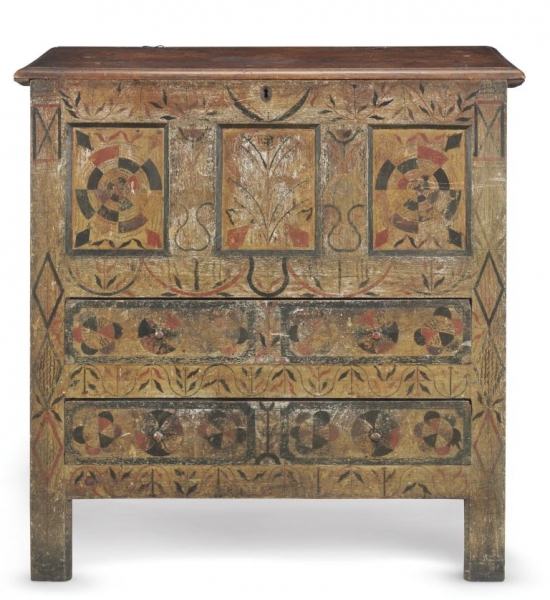
THE EXTRAORDINARY JOINED OAK AND PINE POLYCHROME
"HADLEY" CHEST-WITH-DRAWERS
HADLEY AREA, MASSACHUSETTS, CIRCA 1715
43 ½ in. high, 43 in. wide, 18 ½ in. deep
Estimate on Request (expected to fetch in the region of $500,000)
Hadley Chest: This piece has so many things going for it, but if I had to drill it down to one key characteristic, I would say rarity, with surface and condition tying for a close second. This piece is one of only four known, which makes it extremely rare and desirable for both collectors and museums. However, I should mention that unique is not always a good thing when collecting. Collectors like to be able to point to similar examples for comparison. Fortunately, there are three other known chests that are similar to the one we are offering, and they are all part of museum collections. The original painted surface is also remarkable for its nearly intact survival over 300 years.
The name comes from Hadley, Massachusetts, and the joinery and motifs are derived from the carved "Hadley" chest tradition of the upper Connecticut River Valley from the late 17ththrough early 18th century. This is a rare example of a painted versus carved chest.
2. SURFACE

PROPERTY FROM A NEW ENGLAND FAMILY COLLECTION
A WILLIAM AND MARY MAHOGANY AND MAPLE DRESSING TABLE
PHILADELPHIA, 1700-1730
28 in. high, 32 in. wide, 20 in. deep
Estimate: $250,000-500,000
William and Mary Mahogany and Maple Dressing table: Similar to the Hadley chest, this piece is a tour de force and it checks several of the boxes that help determine if a piece is truly special. If I had to distill the measures of merit down to one point, I would say the surface on this piece is truly superb. Collectors of American furniture love "grungy" old surfaces. They lend a sense of authenticity to an object and are in essence like an archaeological site that has layers and layers of history on it. Collectors will pay a premium for pieces in crusty brown surfaces. However, beware of fakers; they are getting good at making things look old!
The William and Mary style—the earliest style of American furniture, dating from 1680 to 1730—is named after Englands late-17th-century co-regents William III of Orange and Mary II. Furniture from this period is scarce, both because of its significant age, and because production at the time was limited—the result of a relatively small population
3. PROPORTION
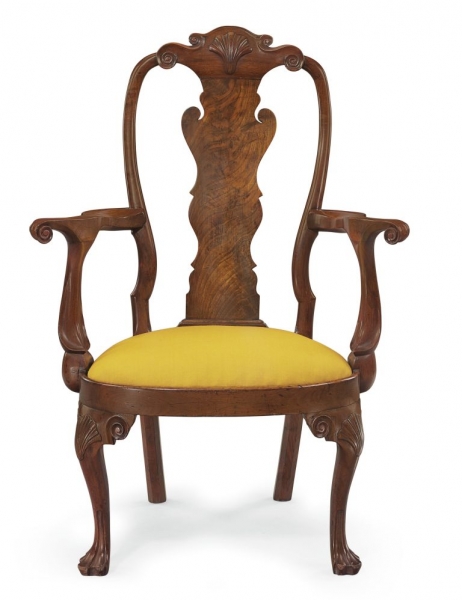
PROPERTY SOLD WITH THE APPROVAL OF THE TRUSTEES OF THE PHILADELPHIA MUSEUM OF ART TO BENEFIT ACQUISITION FUNDS
A RARE AND IMPORTANT QUEEN ANNE WALNUT COMPASS-SEAT ARMCHAIR
PHILADELPHIA, CIRCA 1755
With its original yellow pine slip-seat frame
45 in. high
Estimate: $500,000-800,000
Queen Anne armchair: This piece just sings to me. It is a symphony of curves and the epitome of the Queen Anne style in Philadelphia. The proportion and design of this chair are extremely successful. The success of design in American furniture is often based on the proportion and verticality of an object. The well-placed incorporation of figured walnut on the splat helps draw the casual observers eye up the back to the wonderfully carved shell and volute carved splat. The back seems to reach up to the starts giving the chair the overall look of a slender supermodel.
Queen Anne followed the William and Mary period and is named after the English monarch who reigned from 1702 to 1714. It is characterized by a sophisticated fluidity, achieved through the use of the newly-introduced cabriole leg, curving chair crests, and decorative shells and volutes, or scroll-like forms.
4. QUALITY (REFINEMENT OF CARVING)
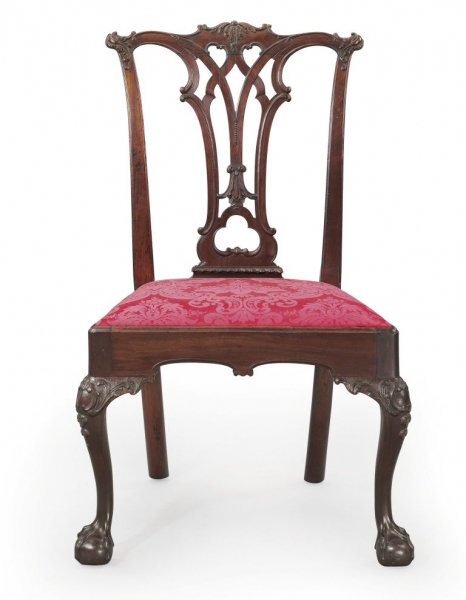
THE DESHLER FAMILY CHIPPENDALE CARVED MAHOGANY SIDE CHAIR
PROBABLY THE SHOP OF BENJAMIN RANDOLPH
(1737-1791/2); THE CARVING ATTRIBUTED TO JOHN POLLARD (1740-1787), PHILADELPHIA, CIRCA 1769-1770
En suite with both the preceding and following lot; with seat frame numbered V and yellow pine slip seat from original set numbered III
37 in. high
Estimate: $100,000-150,000
Deshler Family Chippendale Carved Mahogany Side Chair: Arguably one of the most successful interpretations of the Rococo Aesthetic in Philadelphia, this chair fires on many cylinders. The quality of design and carving separate this chair from the pack. Masterfully carved with fluid lines, it is amazing this chair was made around circa 1769. One thing most beginning collectors have trouble grasping is the precision in which furniture was made and ornamented. It is not uncommon to think that because these pieces were made with hand tools, they would look a little rough. In reality, the opposite is true. Eighteenth-century furniture was made with precision and the carving should be crisp, fluid and done with purpose. These chairs have several bells and whistles and are sure to please connoisseurs.
Chippendale furniture, produced from around 1755 to 1780, bases many pieces on designs inThomas Chippendales The Gentleman and Cabinet Makers Director, first published in England in 1754. Distinct carving features include acanthus—an ornament resembling foliage—opposing C scrolls, and ruffled, rocaille motifs on the splat (the central support panel of a chair back), knees and skirts of chairs and case pieces, which frequently sit on ball-and-claw feet.
5. PROVENANCE
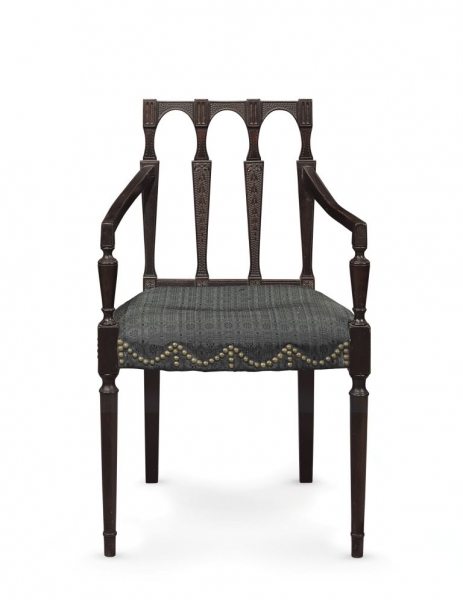
THE JERATHAMIEL PEIRCE FEDERAL CARVED MAHOGANY ARMCHAIR
THE CARVING ATTRIBUTED TO SAMUEL MCINTIRE (1757-1811), SALEM, MASSACHUSETTS, CIRCA 1801M
34 1/2 in. high
Estimate: $20,000 – $40,000
Federal armchair: Similar to all the aforementioned pieces, this chair has many of the attributes that contribute to the triumph of an object. This chair has fantastic provenance, meaning history of ownership. We know who this chair was originally made for and where it resided in Salem, Massachusetts. We also know who it was carved and designed by (Samuel McIntire). McIntire was one of Salems most accomplished architects and carvers. The fact that we know who made the chair and who it was made for is extremely rare in American furniture. This, coupled with a great surface, proportion/design and rarity (one of eight known examples), makes this a home run.
Federal: This style was introduced in England by Robert Adam, George Hepplewhite, and Thomas Sheraton as the Neoclassical style, which flourished in America from around 1780 to 1820, a time that has come to be known as the "Federal" period.
From: Town & Country
- Modern Masterworks: A Celebration of Midcentury & Contemporary Design
- Inuit Masterworks: Rare Arctic Stone Carvings
- Auction Highlights: Exceptional Fine Art from the Lucille Coleman Collection at Doyle
- Treasures of the East: Highlights from Brunk Auctions' Asian Art Sale
- Pre-Columbian Art & Beyond: Timeless Legacies of the Ancient Americas
- Featured Artist: Frank Stella (1936–2024)
- A Vanderbilt & Whitney Legacy: The Collection of Marylou Whitney & John Hendrickson
- Behind the Curtain: The Tony Walton Collection at Willow Auction House
- Fine Western & American Art: Coeur d’Alene’s November Sale Celebrates the Spirit of the West
- A Library of Curiosities



 EUR
EUR CAD
CAD AUD
AUD GBP
GBP MXN
MXN HKD
HKD CNY
CNY MYR
MYR SEK
SEK SGD
SGD CHF
CHF THB
THB

